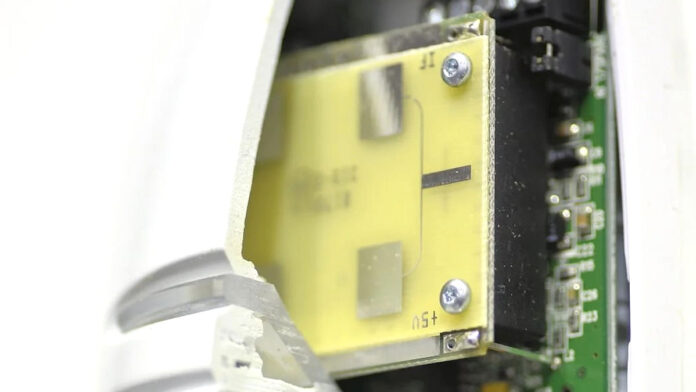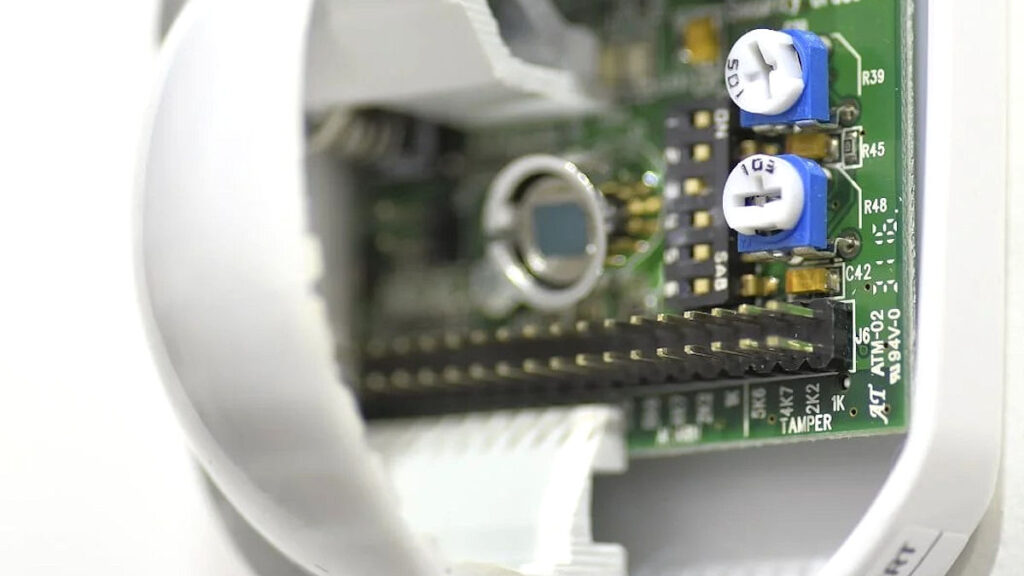Are PIRs More Sensitive Than Dual Technology Sensors In Identical Applications?
Are PIRs More Sensitive Than Dual Technology Sensors – Are PIRs more sensitive to intrusion detection when installed in the same applications?
A: Dual technology sensors should be no less sensitive to a genuine intrusion than PIRs – the reduction in sensitivity applies to false alarm activations, rather than genuine intrusions, which will activate both sides of the sensor circuit.
Dual technology sensors combine a pair of technologies that are sensitive to 2 different types of disturbance – microwave and passive infrared. In a genuine intrusion, both technologies will be activated simultaneously.
PIR elements sense the level of IRE changing between zones over a set time at a set speed. There aren’t many environmental disturbances that mirror this sort of movement.
That said, heat sources, especially warm air currents, can spell trouble for PIRs, making it difficult to install them externally. They would still be our first choice in stable environments indoors – if we wanted to invest in a second technology for internal applications, it would be PIR/camera.
Are PIRs More Sensitive Than Dual Technology Sensors
Microwaves work differently. They cover an area with a signal then pick up variations between the signal sent and the signal reflected called the Doppler shift. Microwave sensor technologies offer strong detection performance.
Something that makes dual technology sensors more robust is that while PIRs are sensitive to movement across their zones, microwave detectors activate if they pick up a Doppler shift moving towards the sensor or away from it.
A good dual technology sensor will also have performance enhancing features like mirror optic lenses, creep zones, external IP ratings, advanced signal processing, tamper and active IRE tamper protection.
Dual techs are ideal for tougher internal applications which include windows and heat sources, and are the pick for external applications – especially if they incorporate an integrated camera giving video verification.
You can learn more about Pyronix microwave detectors like the one in these images here or read more SEN news here.
Advantages of Dual Technology Sensors
- Lower false alarm rate if environment changes – best choice for tough internal and external applications
- Sensitive to all kinds of motion
- Can be used in hot, windy, changeful sites
- Normally includes features that are only found in the best single-tech sensors
- Sensitive to movement in 2 directions.
Disadvantages of Dual Technology Sensors:
- More expensive than PIRs
- Poor design of low-cost dual techs may reduce overall probability of detection compared to PIRs in PIR-perfect internal applications – advancing pulse count may provide better balance
- Greater complexity means quality control is more important.
“Are PIRs More Sensitive Than Dual Technology Sensors In Identical Applications?”












